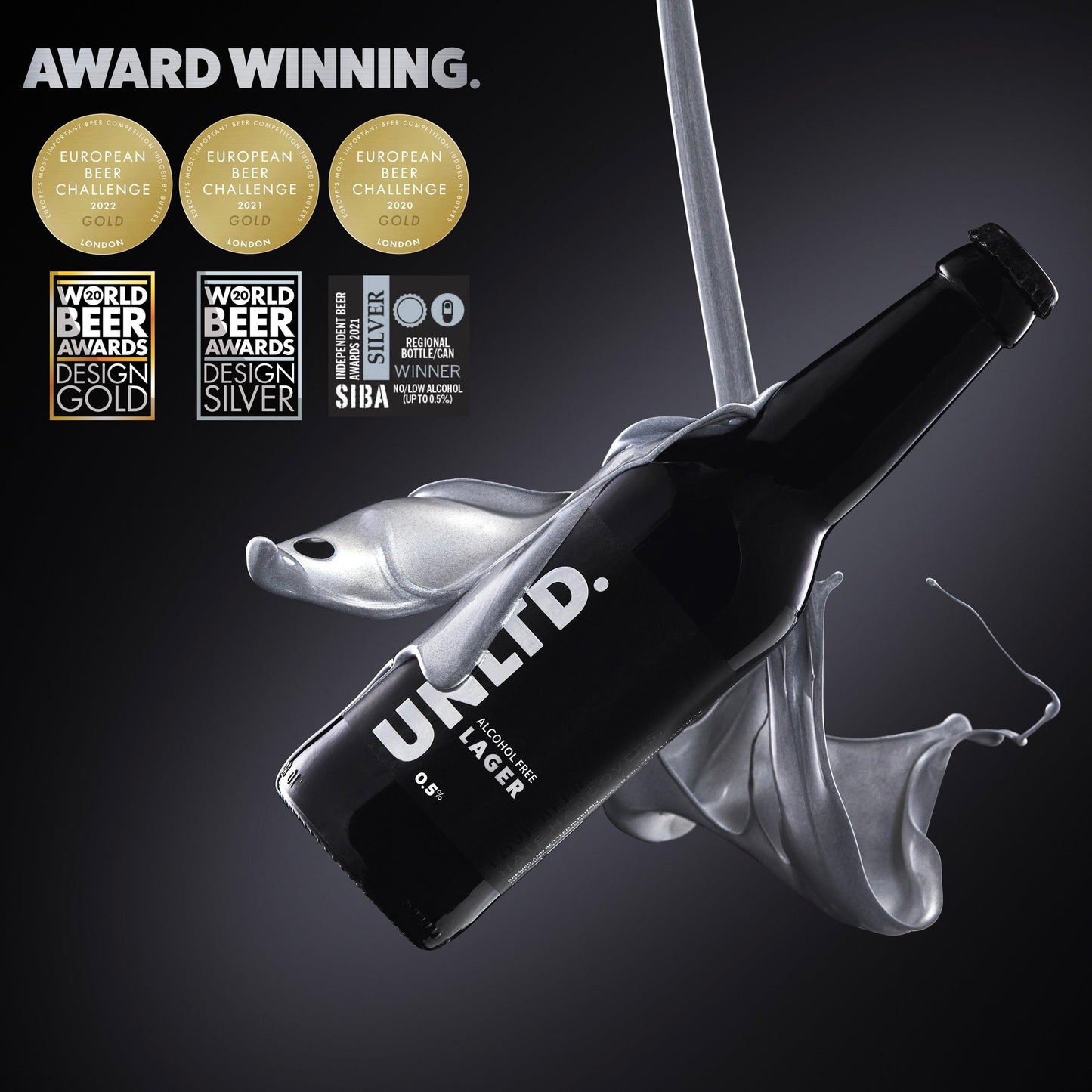
Whilst the market for high-quality low alcohol, no alcohol and low calorie beer has dramatically expanded over the past decade, 2023 seems to have become the year that lighter brews have finally taken over.
According to a report by Tesco PLC, the low-alcohol beer market is the fastest-growing sector of the beer market, with demand increasing faster than craft beer and established brands alike.
The most fascinating aspect of this report, however, is that this has affected year-round sales rather than seeing a spike in sales during certain points of the year.
Since Dry January was established in 2014 as a major event where people aim to be more mindful of their alcohol intake, mocktails and zero-alcohol beers have seen a spike in sales each January as people take a big step forward for their health after Christmas festivities.
However, Tesco reported that demand for no and low beers increased by 43 per cent on Christmas Week 2022 compared to the previous year, which is notably a time when alcohol sales hit an annual peak.
As well as this, people are buying larger quantities confident in the quality of alcohol-free beer compared to previous years.
A similar insight report highlighted some of the potential reasons why. The KAM No and Low Insights Report sound that over half (55 per cent) of people plan to moderate their alcohol intake, primarily driven by people drinking at home.
Awareness of the length and breadth of alcohol-free drinks has increased as well, with 95 per cent of people being aware of zero-alcohol beers on the market, and a third of pub visits do not involve someone drinking an alcoholic beverage.
Ultimately, quality is the main change, with a wide range of delicious beers that suit every tastebud that each have no alcohol in them and thus make an alcohol-free life far easier.
